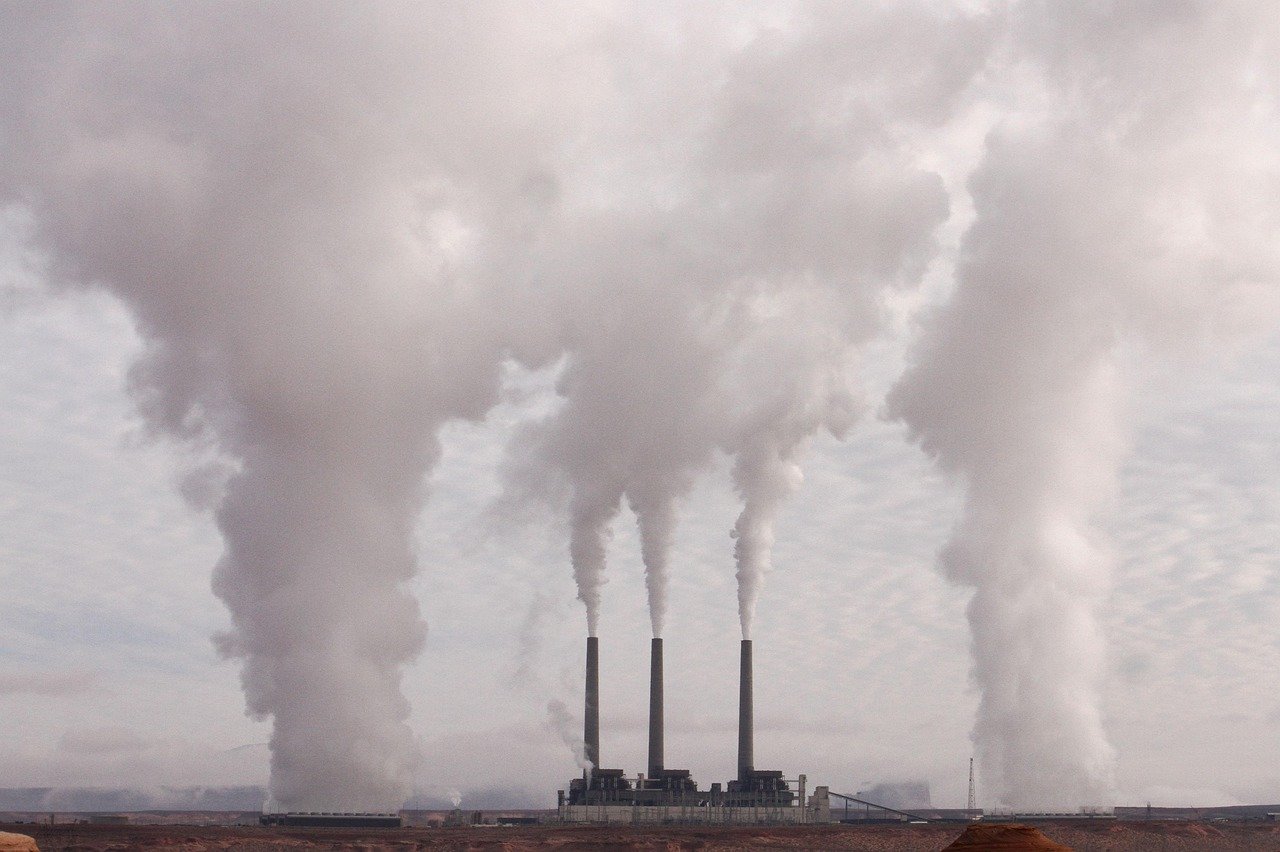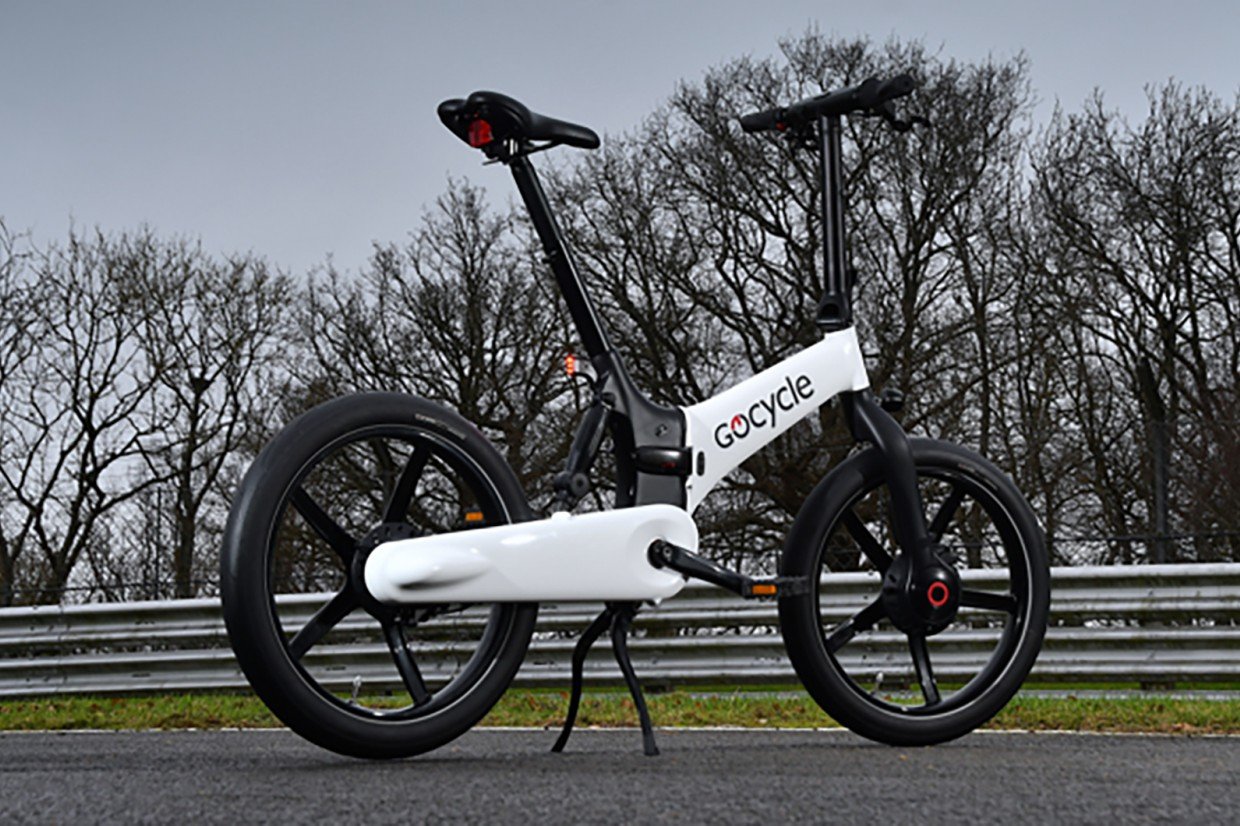Lung cancer has long been linked to smoking, but a growing number of people who have never smoked are being diagnosed with the disease. This surprising trend is raising new questions and highlighting the need for better awareness, early detection, and more targeted treatment.
Martha, a woman in her late 50s, first noticed a change in her cough and thicker mucus. Doctors initially blamed her existing lung condition. But when a chest X-ray showed a shadow, further tests revealed she had Stage IIIA lung cancer. This came as a shock – she was not a regular smoker, only occasionally smoking at parties.
Globally, lung cancer is the leading cause of cancer deaths. In 2022, 2.5 million people were diagnosed, and more than 1.8 million died. While smoking is still the biggest risk factor, lung cancer among non-smokers now makes up 10-20% of all cases.
Experts say that lung cancer in non-smokers is often a different disease than in smokers. It typically affects younger people and is most often a type called adenocarcinoma, which begins in mucus-producing cells. Sadly, it’s usually found in the late stages because the symptoms are mild or blamed on other causes.
Interestingly, lung cancer in non-smokers in women, especially Asian women. One major reason is a genetic mutation called EGFR, which plays a role in cell growth. Research suggests that hormones and genetics might influence this, but the exact reasons are still unclear.
This discovery led to new treatments. Targeted drugs, like EGFR inhibitors, have shown good results. Patients now often live for years with treatment, compared to less than 12 months two decades ago. However, side effects remain a challenge, and not all patients respond the same.
Environmental exposures also play a big role in lung cancer among non-smokers. These include:
- Second-hand smoke
- Cooking fumes, especially in poorly ventilated kitchens
- Indoor air pollution from coal or wood stoves
- Outdoor air pollution
Air pollution, in particular, is now the second leading cause of lung cancer after smoking. Tiny particles known as PM2.5 – found in car exhaust and fossil fuel smoke – are especially dangerous. Studies show that these particles don’t directly damage DNA but instead activate existing mutated cells in the lungs, especially in people with the EGFR mutation.
Pollution levels in many parts of the world still exceed safe limits. For example, Delhi’s air contains PM2.5 levels that are 20 times higher than the WHO guidelines. In east Asia, especially China, the number of pollution-linked lung cancer cases is very high. Even in countries with lower pollution, like the UK, hundreds of people each year develop lung cancer due to poor air quality.
As pollution and climate change worsen, the number of lung cancer cases in non-smokers may rise. This is why researchers call for better air quality policies and public awareness.
Thanks to science, the outlook for non-smokers with lung cancer is improving. Targeted therapies offer hope, and early detection could help even more people survive. The old belief that only smokers get lung cancer is changing – and that change is important.


















